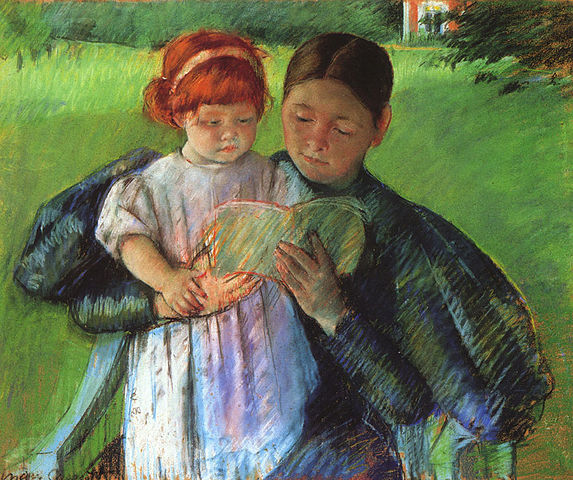Learning Disability vs Learning Difficulty
Learning disability and learning difficulty are terms that are often used interchangeably, but they actually refer to two different conditions with subtle differences. It can be challenging to recognize the difference between the two conditions in some situations. A learning difficulty is a problem that an individual faces in learning, while a learning disability is a condition that emerges during an individual’s childhood, where they have difficulty understanding information, learning, and communicating. Unlike a learning difficulty, a learning disability affects the learning process and the individual’s ability to cope independently in daily life.
Key Takeaways
- A learning difficulty is a problem that an individual faces in learning, creating a barrier between the child and a specific skill set, making the child unable to learn it.
- A learning disability is a condition that emerges during an individual’s childhood, where they have difficulty understanding information, learning, and communicating, and affects their ability to cope independently in daily life.
- Some learning disabilities can lead to learning difficulties, and an individual with a learning disability may have a lower IQ than someone with a learning difficulty.
What is a Learning Difficulty?
A learning difficulty is a problem that an individual faces in learning, creating a barrier between the child and a specific skill set, making the child unable to learn it. Some common learning difficulties include Dyslexia (difficulty in reading), Dyscalculia (difficulty in calculations), and Dysgraphia (difficulty in writing). Learning difficulties can arise due to various factors, such as environmental factors, intellectual disability, emotional difficulties, physical deficits, behavioral difficulties, and sensory deficits. For example, a child with an intellectual disability will clearly face issues in their learning. However, there can also be instances where learning difficulties emerge due to a lack of proper guidance and instructions from teachers. If a child has difficulty concentrating, learning can be challenging as well. It is essential to note that learning difficulties can arise due to certain learning disabilities.
What is a Learning Disability?
A learning disability can be defined as problems encountered by an individual in learning, communicating, and processing information. The key difference between a learning disability and a learning difficulty is that while a learning difficulty mostly affects the child’s learning within the school premises, learning disabilities go beyond this. They often affect the entire life of the individual, where they would need the assistance of another person and cannot cope alone. In most cases, this can indicate a lower IQ as well. Some common learning disabilities include Down’s Syndrome, ASD (Autism Spectrum Disorder), and Spina Bifida.
What is the difference between Learning Disability and Learning Difficulty?
- Definitions of Learning Disability and Learning Difficulty: A learning disability is a condition that emerges during an individual’s childhood, where they have difficulty understanding information, learning, and communicating. A learning difficulty is a problem that an individual faces in learning.
- Usage: In some countries, both learning disability and learning difficulty are used interchangeably.
- Effect: Unlike learning difficulty, learning disability affects the learning process and the individual’s ability to cope independently in daily life.
- Connection: Some learning disabilities can lead to learning difficulties.
- IQ: An individual who suffers from a learning disability may have a lower IQ, unlike an individual who suffers from a learning difficulty.
